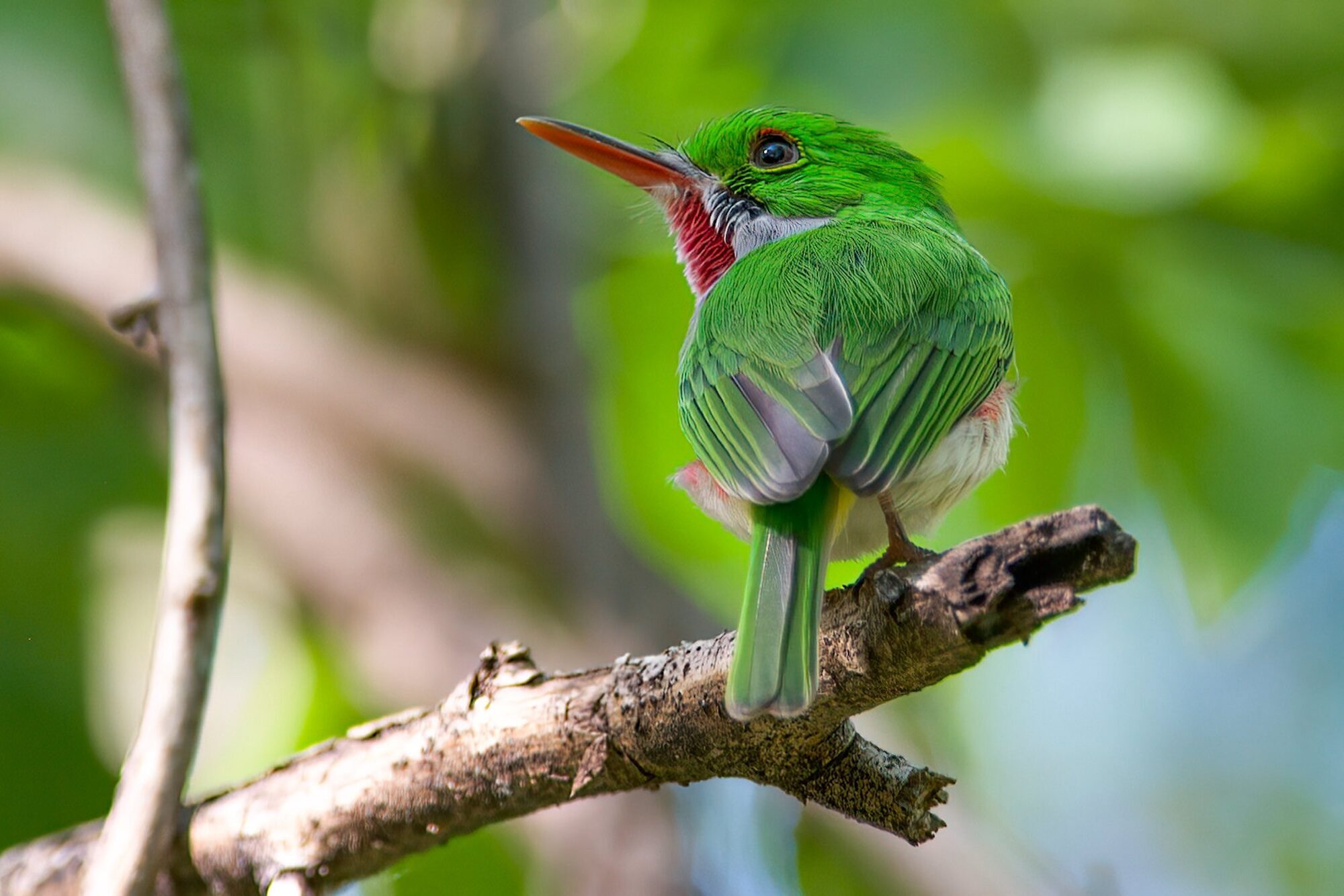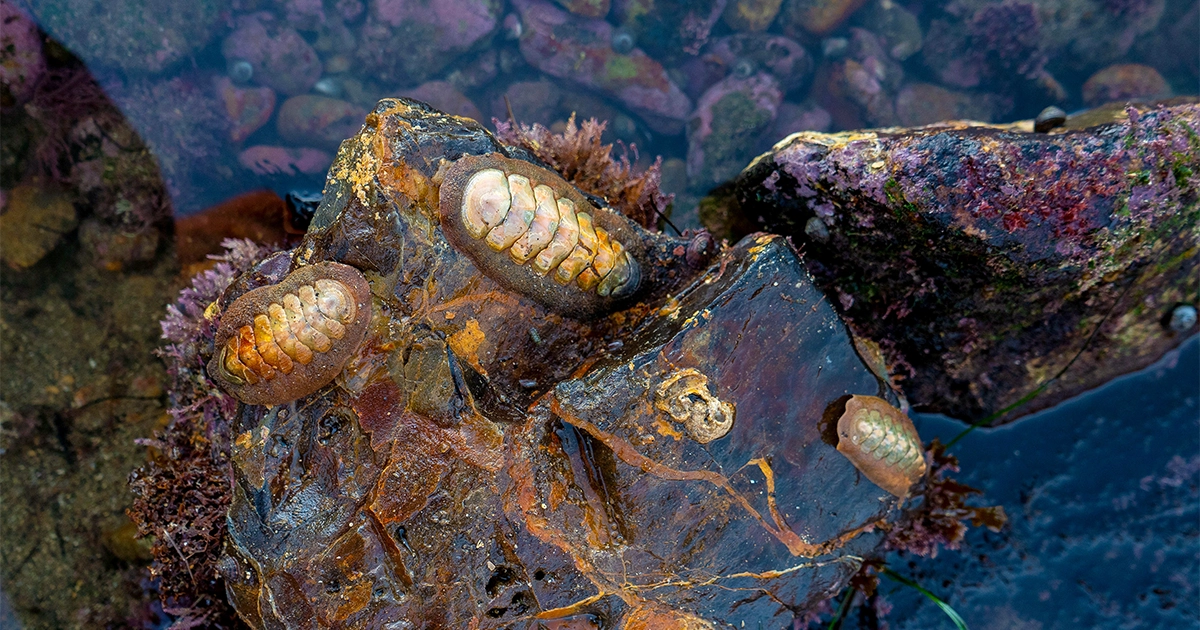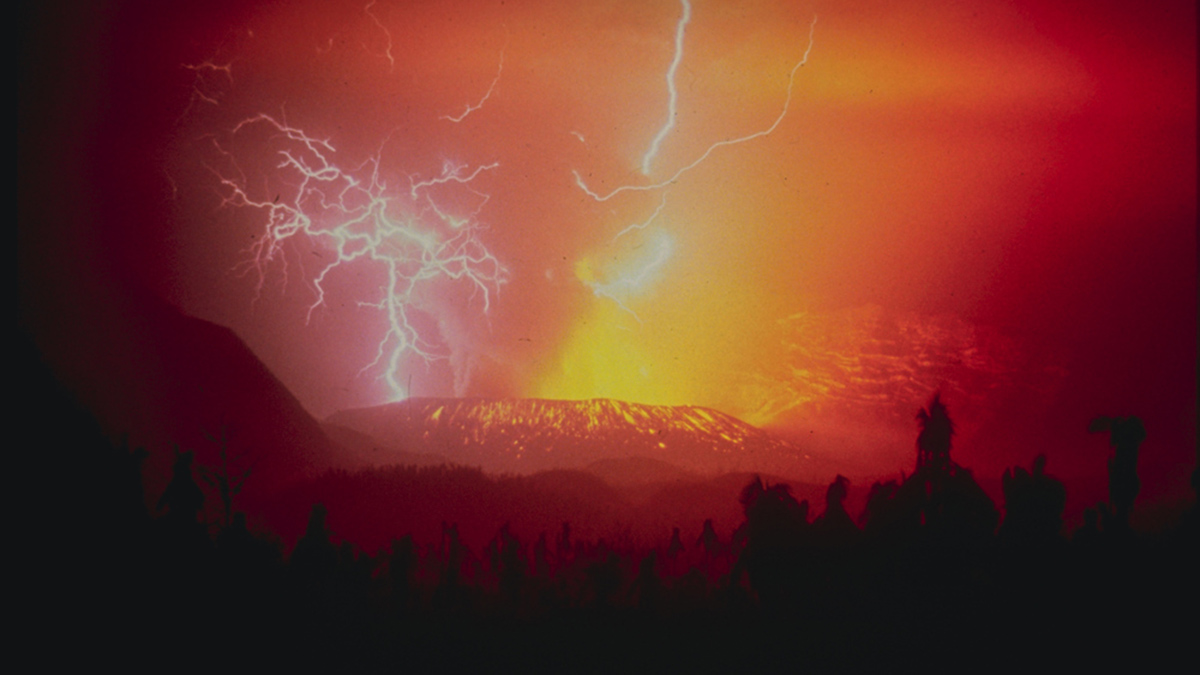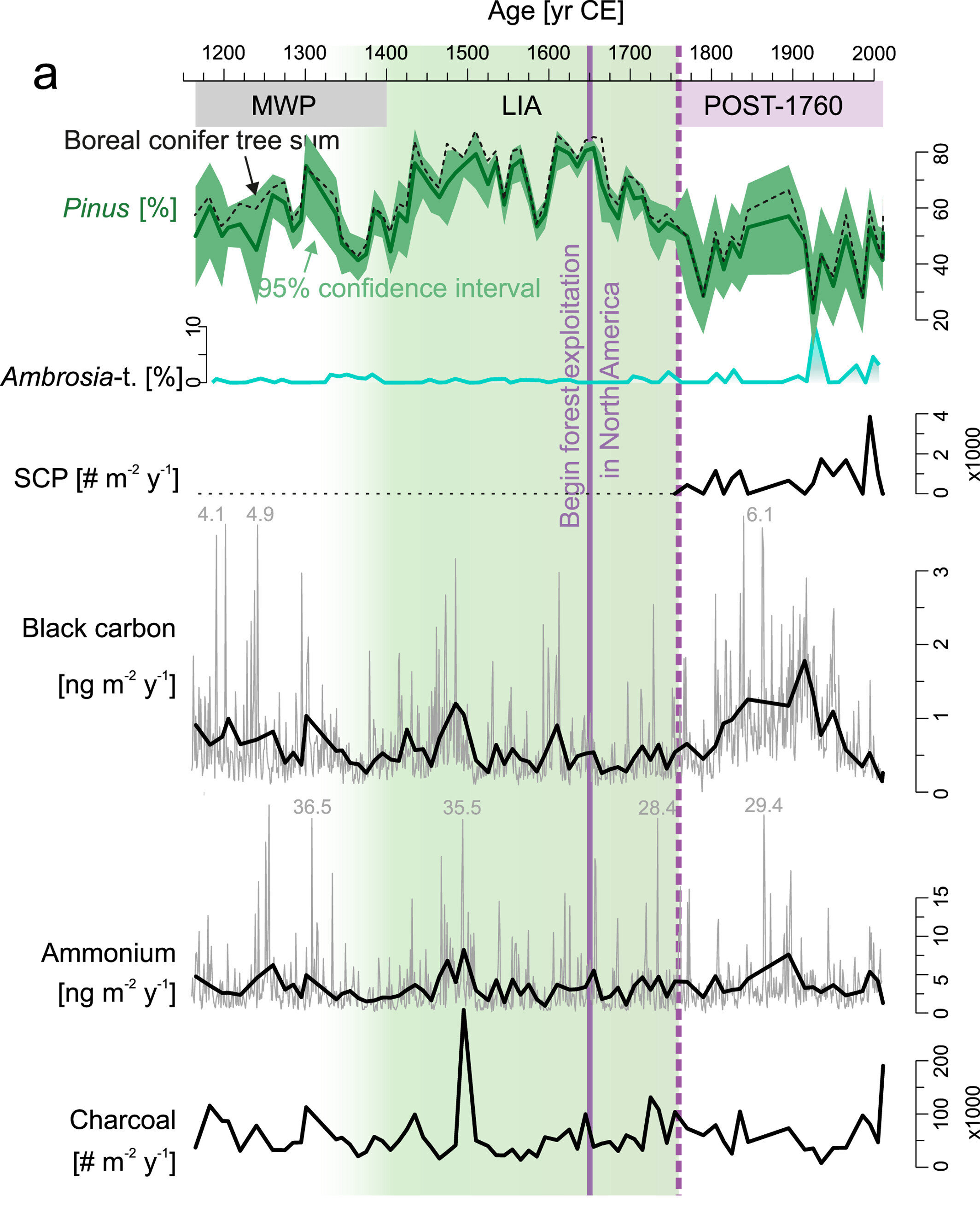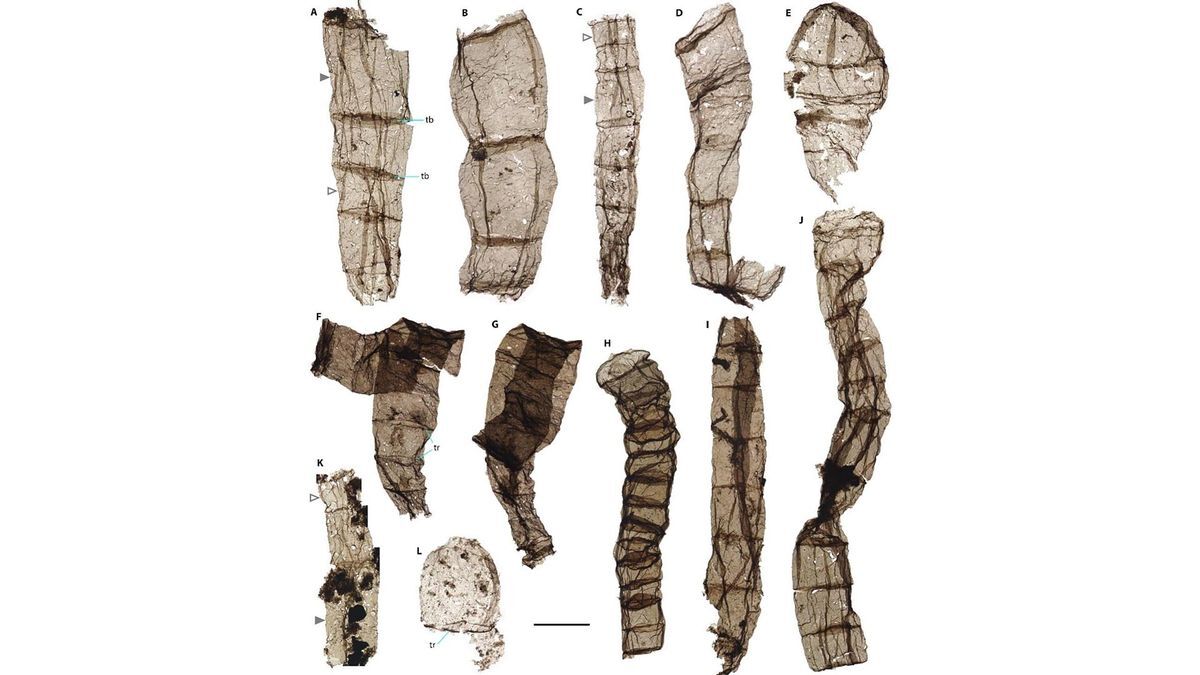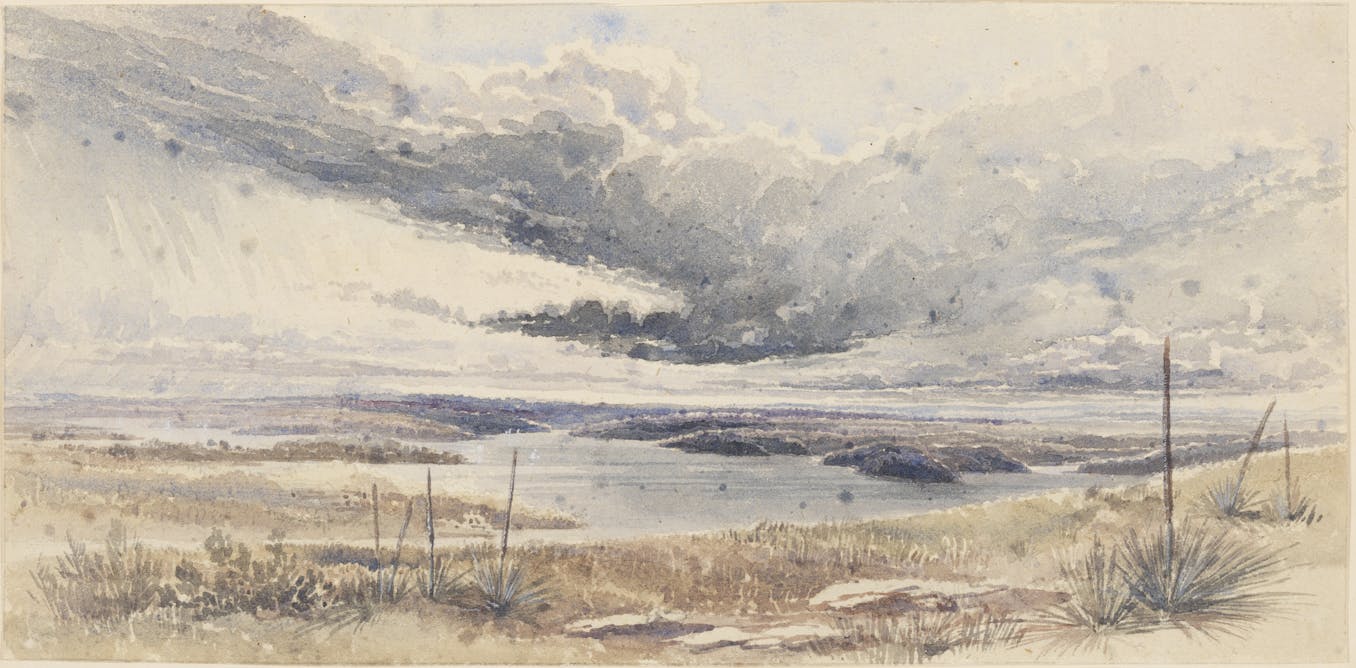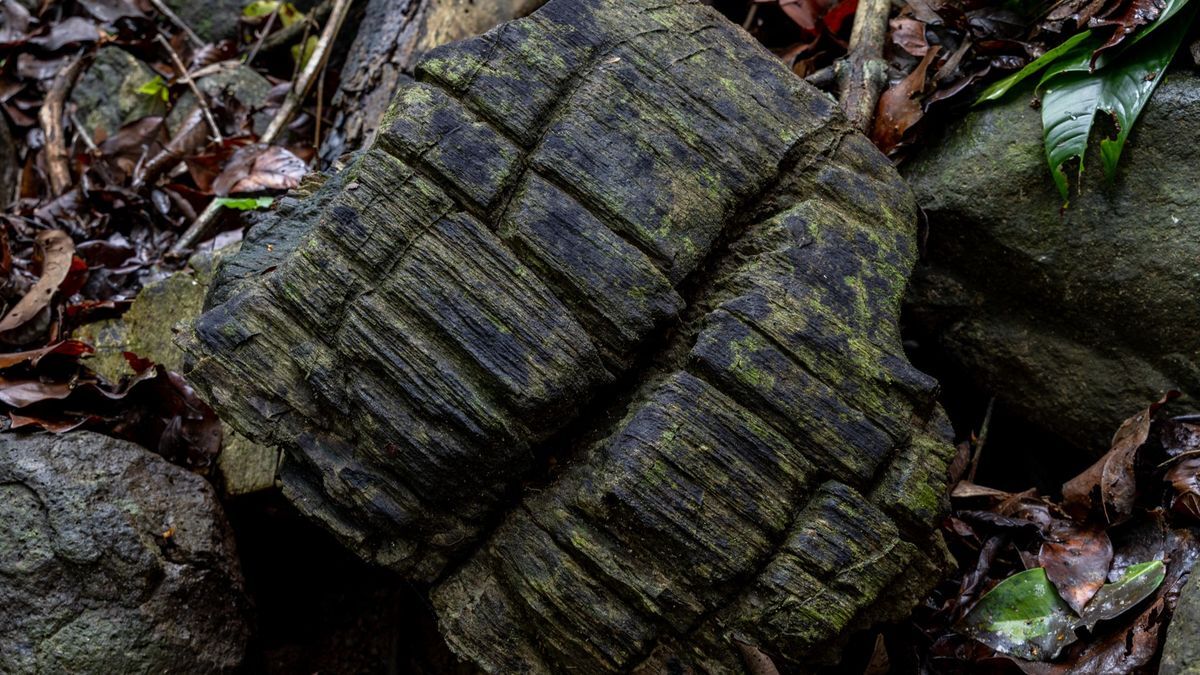Palaeoecology
From my time at uni I've noticed on several maps showing hotspots and data focused mostly on regions such as Europe or North America, but not much is known from less thought about regions such as the Pacific islands or Africa. Now there are various theoretical ways to gain data and spark and interest in those region but there are less ways that would be practical and doable. I just want to spark a conversation and discuss things... I'm new here
 www.livescience.com
www.livescience.com
Fossilized trees discovered by chance in southwest England belong to Earth's earliest-known forest, new research has found. The 390 million-year-old fossils supplant the Gilboa fossil forest in New York state, which dates back 386 million years, as the world's oldest known forest. The new discovery highlights differences between the two ecosystems, suggesting forests went from being relatively primitive to well established over the course of just a few million years, said Neil Davies, the lead author of a new study published Feb. 23 in the Journal of the Geological Society. "Why it's important — broadly — is it ticks the boxes of being the oldest fossil forest," Davies, a professor in the Department of Earth Sciences at the University of Cambridge in the U.K., told Live Science. The finding is also remarkable because it reveals stark differences between the complex array of ancient plants found at Gilboa and the newly discovered forest, which appears to have hosted just one type of plant, Davies said.
 phys.org
phys.org
Mass extinctions are rapid global decreases in Earth's biodiversity, with five key events identified over the planet's history, arguably the most famous of which occurred ~66 million years ago during the Cretaceous, which brought the rein of dinosaurs to an end. However, the largest mass extinction is attributed to the Permian, during which it is estimated that >95% of all life on Earth was eradicated. The cause of this devasting event is still debated, with advocates for both a large asteroid impact that caused dust to plume into the atmosphere, blocking sunlight and generating acid rain, or significant volcanism that released copious amounts of CO2 into the atmosphere and made the oceans toxic to marine life. New research published in Chemical Geology lends further support to the latter theory.
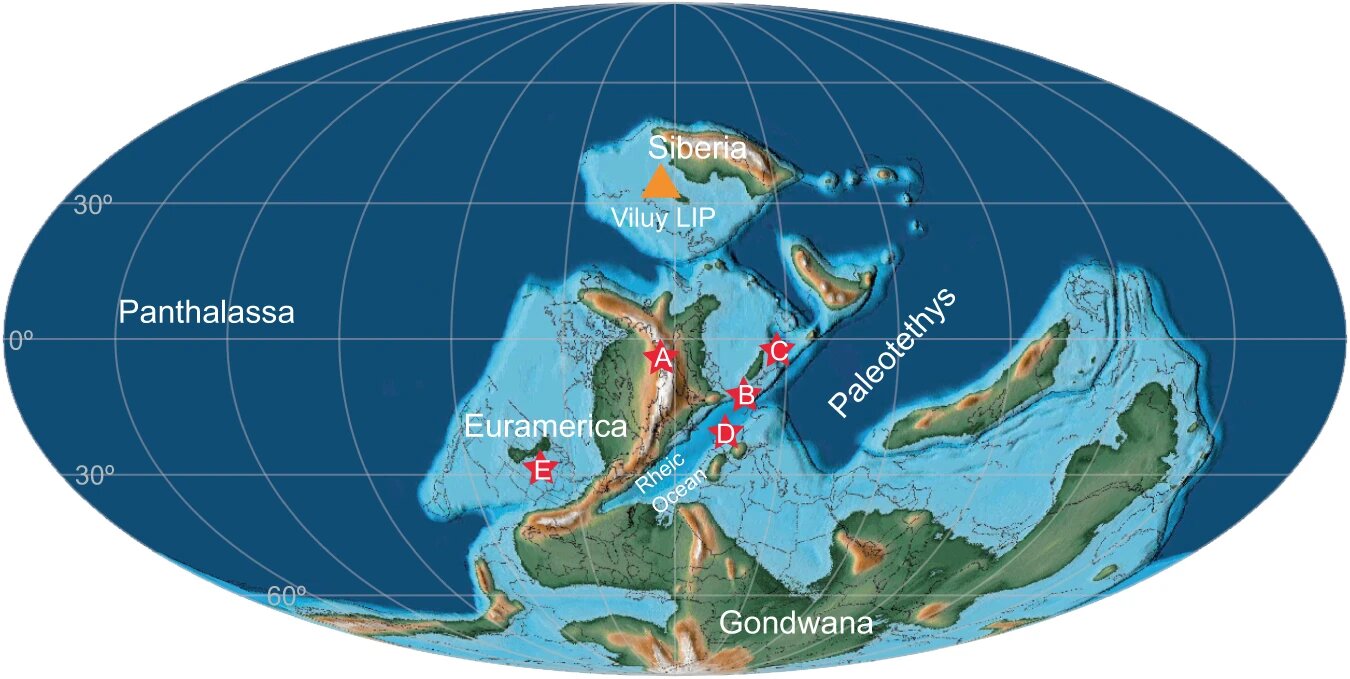 phys.org
phys.org
Diverse and full of sea life, the Earth's Devonian era—taking place more than 370 million years ago—saw the emergence of the first seed-bearing plants, which spread as large forests across the continents of Gondwana and Laurussia. However, a mass extinction event near the end of this era has long been the subject of debate. Some scientists argue the Late Devonian mass extinction was caused by large-scale volcanic eruptions, causing global cooling. Others argue a mass deoxygenation event caused by the expansion of land plants was to blame. A recently published study in the journal Communications Earth & Environment led by researchers at IUPUI now posits that both factors played a role—and draws attention to the environmental tipping points the planet faces today.
 phys.org
phys.org
An international team of researchers led by botanists at the University of Vienna, Austria, has analyzed the morphological diversity of fossilized flowers and compared it with the diversity of living species. They found that flowering plants had already produced a large number of different flower types shortly after their emergence in the Cretaceous period, and this earliest floral diversity was greater than that today. The study has been published in the journal New Phytologist.
Palaeoecology
!palaeoecology@mander.xyzWelcome to c/palaeoecology @ Mander.xyz!
Notice Board
This is a work in progress, please don't mind the mess.
About
Paleoecology (also spelled palaeoecology) is the study of interactions between organisms and/or interactions between organisms and their environments across geologic timescales. As a discipline, paleoecology interacts with, depends on and informs a variety of fields including paleontology, ecology, climatology and biology. Read more...
- Find us on Reddit!
Rules
- Don't throw mud. Be kind and remember the human.
- Keep it rooted (on topic).
- No spam.
Resources
Similar Communities
Sister Communities
Science and Research
Biology and Life Sciences
- !anthropology@mander.xyz
- !biodiversity@mander.xyz
- !palaeoecology@mander.xyz
- !palaeontology@mander.xyz
Plants & Gardening
Physical Sciences
Humanities and Social Sciences
Memes
Find us on Reddit!



